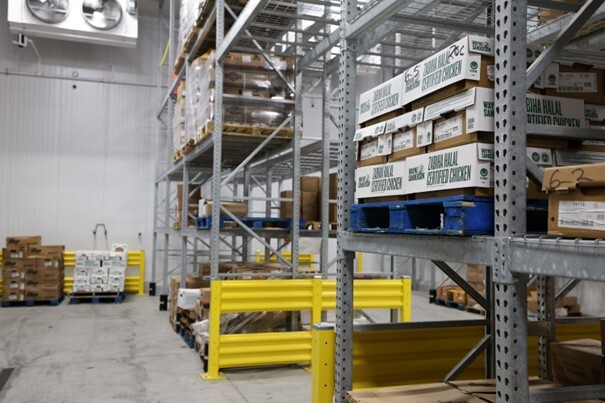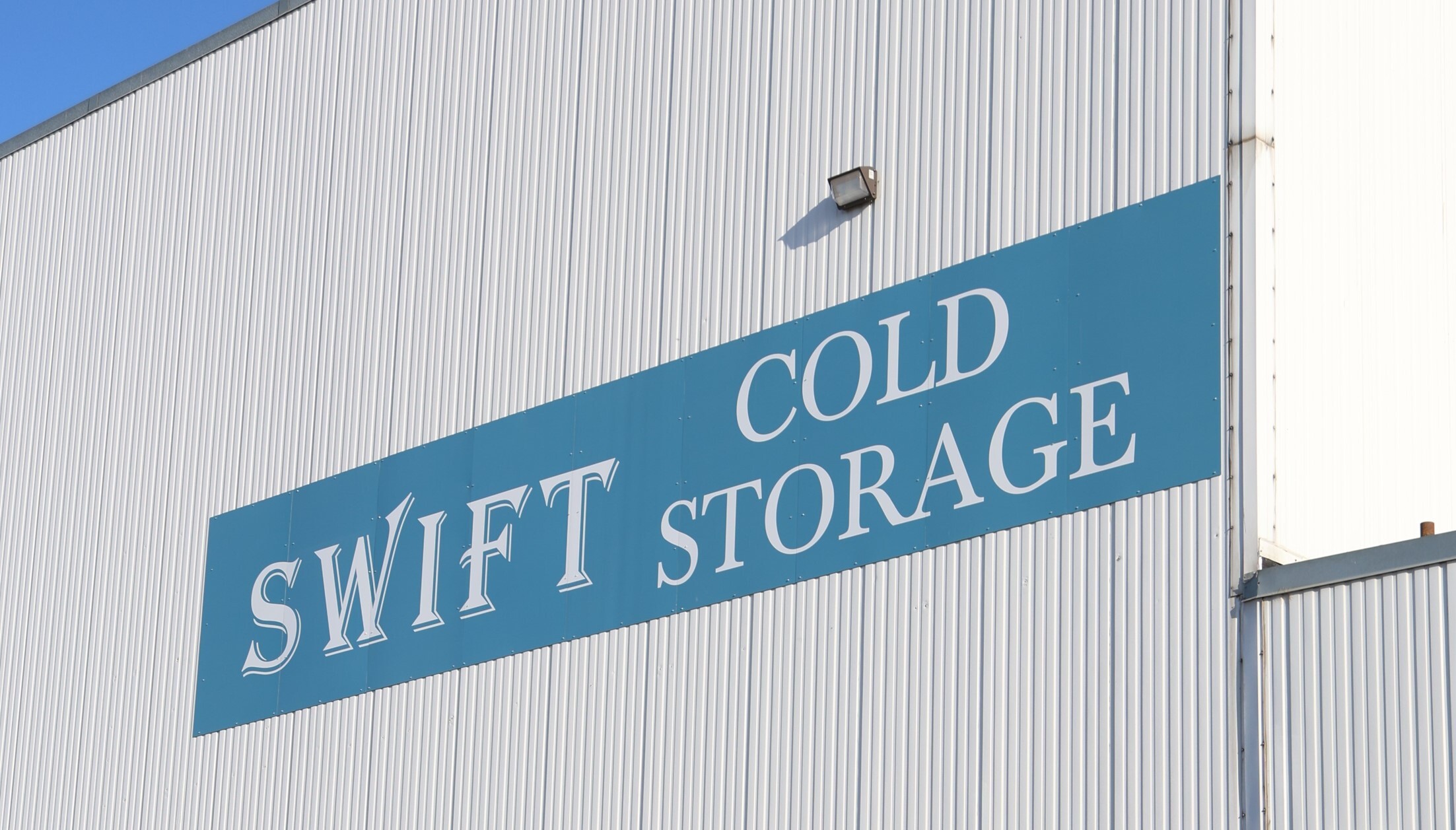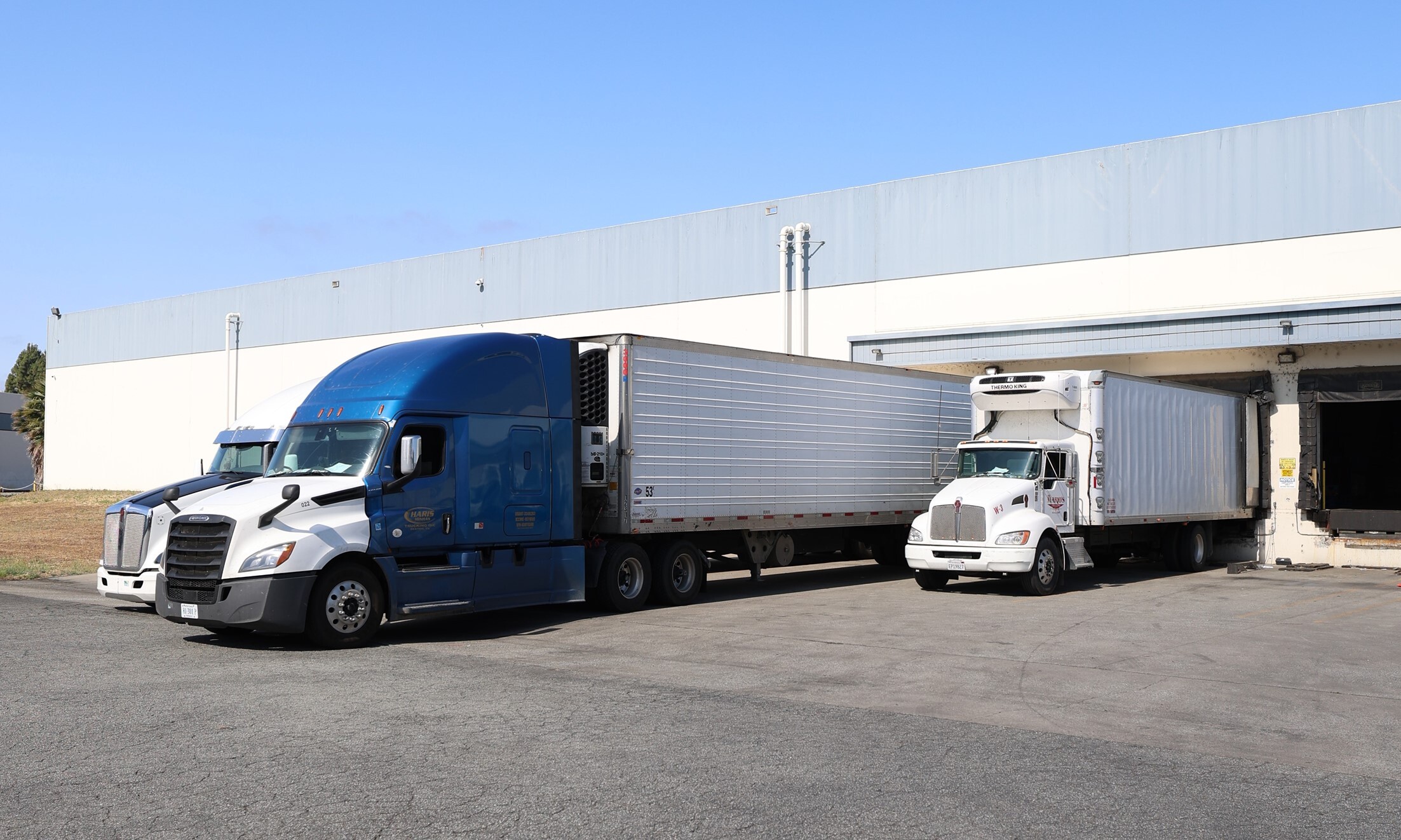In today's warehousing landscape, large-scale operators dominate the industry with their economies of scale and standardized service models, which are well-suited for meeting routine needs. However, as market segmentation deepens, the storage requirements of small and mid-sized businesses are becoming increasingly complex. In this context, agile and flexible small-to-mid-sized warehousing brands are carving out their own space by offering tailored services. This development path aligns perfectly with the philosophy of Swift Cold Storage co-founders Shirley Wong and Chris Yeung — they firmly believe that services must evolve with market demands, advocating for creating value through a deep understanding of clients, providing customized solutions, and delivering efficient responses, ultimately achieving meticulous and precise service with dedication.

Market research shows that storage needs vary significantly across industries, and specialized sectors like fresh food, e-commerce, and food processing often have requirements that standard services can't fully address. For example, a fresh produce wholesaler using traditional storage once experienced spoilage in some fruits and vegetables because the temperature control system couldn't accommodate multiple product types. By contrast, small and mid-sized warehouse operators leverage their asset-light models to respond more quickly to niche market demands. For high-turnover fresh products, some of these brands offer dynamic storage solutions that keep order response times short and use multi-warehouse coordination to allocate regional inventory efficiently. During a recent holiday sales surge, one partner used this system to quickly restock, easing order pressure. Short-term rental services designed for the high-turnover seafood industry further demonstrate these companies' deep understanding of vertical market needs.

Technology innovation is a key driver for service upgrades among small and mid-sized warehouses. Unlike large enterprises that focus on massive infrastructure, these smaller players prioritize “scenario-based” tech solutions. For example, some brands offer precise temperature control to accommodate everything from fresh produce to frozen seafood. Blast freezer technology, which rapidly lowers the core temperature of meats with powerful cold airflow, extends shelf life and has noticeably improved food freshness for restaurant clients. Lightweight digital tools also play a critical role: Barcode-WMS systems enable real-time inventory updates, allowing merchants to track goods via mobile devices. One retailer, for instance, used this system to optimize order picking and saw a notable boost in efficiency.

Swift Cold Storage's approach offers valuable insights for the market. With service networks in cities like Fresno and Easton, the company's multi-temperature warehouse design gives clients a wide range of storage options. Their service model is built around customized strategies based on product type and storage scale: seafood wholesalers, for example, benefit from short-term rentals and reserve inventory mechanisms, along with responsive support throughout the entire process from consultation to outbound delivery. Reports indicate that most of Swift's small and mid-sized business clients have achieved positive results in managing storage costs.

As consumer markets continue to evolve, warehousing service models are also undergoing constant innovation. Small and mid-sized warehouse brands, with their focused and efficient operations, fill critical service gaps and inject new vitality into the industry. Looking ahead, as technology further advances, these companies are well-positioned to deepen their expertise in vertical markets and create even greater value for their customers.







